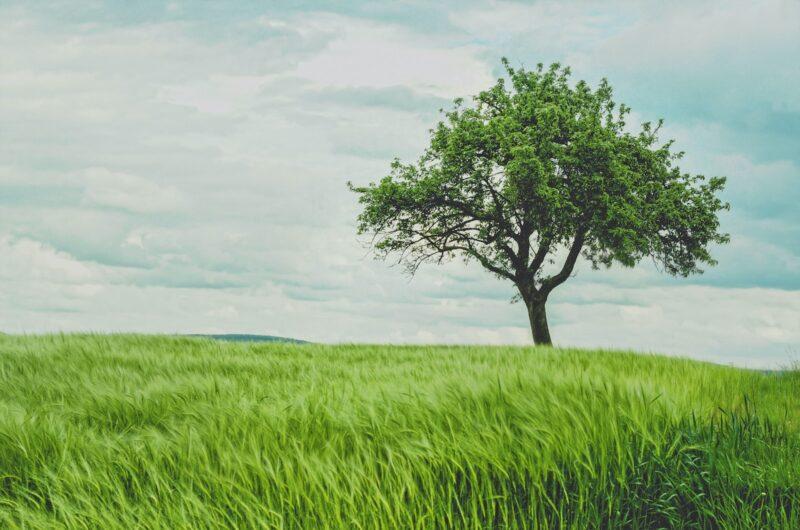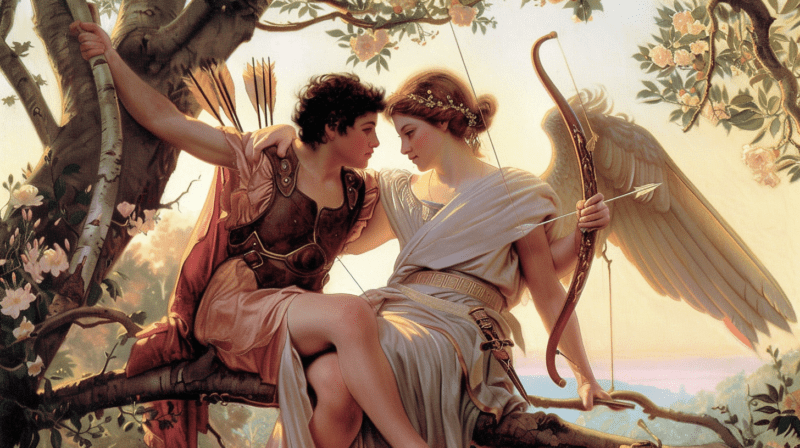The September equinox (also known as the southerly equinox) occurs when the Sun appears to cross the celestial equator, moving southward. The September equinox can occur at any moment between September 21 and 24, because of variations between the calendar year and the tropical year.
Harvest Home, Mabon, the Feast of the Ingathering, Meán Fómhair, An Clabhsr, or Alban Elfed (in Neo-Druid traditions) is a modern Pagan ritual of thanksgiving for the fruits of the earth and a recognition of the need to share them in order to secure the Goddess’s and Gods’ blessings during the coming winter months. Aidan Kelly coined the name Mabon in 1970 as a tribute to the Welsh mythological figure Mabon ap Modron. It is the second of the three Pagan harvest feasts, following Lammas/Lughnasadh and preceding Samhain among the sabbats.
Mabon, also known as the pagan Thanksgiving, occurs around the Autumn Equinox, when day and night are equal, bringing balance, equality, and peace to the world. Mabon was a harvest festival in ancient times (Lughnasadh was the earliest) when farmers harvested substantial foods such as gourds, pumpkins, grapes, and apples.
Mabon is an excellent time to set plans that include decrease and reduction, such as abandoning undesirable relationships, unhealthy habits, or self-destructive ideas, as the Wheel of the Year draws to a close.
Festivals are frequently celebrated on dates that aren’t set in stone. For secular convenience, dates can be on the days of the quarter and cross-quarter days proper, the nearest full moon, new moon, or weekend. People who live in the middle latitudes of the Northern Hemisphere were the first to observe the festivities. As a result, traditional seasonal festivals in the Southern Hemisphere or around the equator do not coincide with the seasons. Pagans in the Southern Hemisphere often move these dates forward by six months to correspond to their own seasons.
For millennia, food, drink, diverse artifacts, and other offerings have been vital to ritual propitiation and devotion. Animal sacrifice is strongly discouraged in modern Pagan practice in favor of grains, herbs, milk, wines, incense, baked products, minerals, and so on. The only exception is with meat-based religious feasts, where the community occasionally burns the animal’s inedible parts as offerings while eating the rest of the meal.
Burning sacrifices to gods and ancestors is a common practice. In other cases, burying and leaving offerings in the open are also prevalent. Offerings are made to benefit the adored, to express thanks, and to give something back, so strengthening the links between people and the divine, as well as between members of a community.
Decorating your home for autumn is one of the simplest (and, in my opinion, most enjoyable) ways to commemorate Mabon. Fresh and dried flowers, as well as gourds, are always welcome in my kitchen and other living areas. I’m fortunate to have my own cutting flowers and trees from which to gather acorns and pinecones. If you don’t have access to your own plants, a trip to the local farmer’s market or simply a short walk in the woods can give you lots of Mabon decorations.
Other Commemorations:
West Asia:
The Southward equinox marks the first day of Mehr or Libra in the Iranian calendar. It is one of the Iranian festivals called Jashne Mihragan, or the festival of sharing or love in Zoroastrianism.
Japan:
Autumnal Equinox Day (秋分の日, Shūbun no hi) is a public holiday. Higan (お彼岸) is a Buddhist holiday exclusively celebrated by Japanese sects during both the Spring and Autumnal Equinox.
Korea:
Chuseok is a major harvest festival and a three-day holiday celebrated around the Autumn Equinox.
East Asia:
The Mid-Autumn Festival is celebrated on the 15th day of the 8th lunar month, often near the autumnal equinox day, and is an official holiday in mainland China, Hong Kong, Taiwan, and in many countries with a significant Chinese minority. As the lunar calendar is not synchronous with the Gregorian calendar, this date could be anywhere from mid-September to early October. The traditional East Asian calendars divide a year into 24 solar terms (节气, literally “climatic segments”), and the autumnal equinox (Qiūfēn, Chinese, and Japanese: 秋分; Korean: 추분; Vietnamese: Thu phân) marks the middle of the autumn season. In this context, the Chinese character 分 means “(equal) division” (within a season).
Judaism:
The Jewish Sukkot usually falls on the first full moon after the northern hemisphere autumnal equinox, although occasionally (In the modern Jewish calendar, three times every 19 years) it will occur on the second full moon.
Europe:
Dożynki is a Slavic harvest festival. In pre-Christian times the feast usually fell on the autumn equinox.
The Southward equinox was “New Year’s Day” in the French Republican Calendar, which was in use from 1793 to 1805. The French First Republic was proclaimed and the French monarchy was abolished on September 21, 1792, making the following day (the equinox day that year) the first day of the “Republican Era” in France. The start of every year was to be determined by astronomical calculations following the real Sun and not the mean Sun.
The traditional harvest festival in the United Kingdom was celebrated on the Sunday of the full moon closest to the September equinox.




